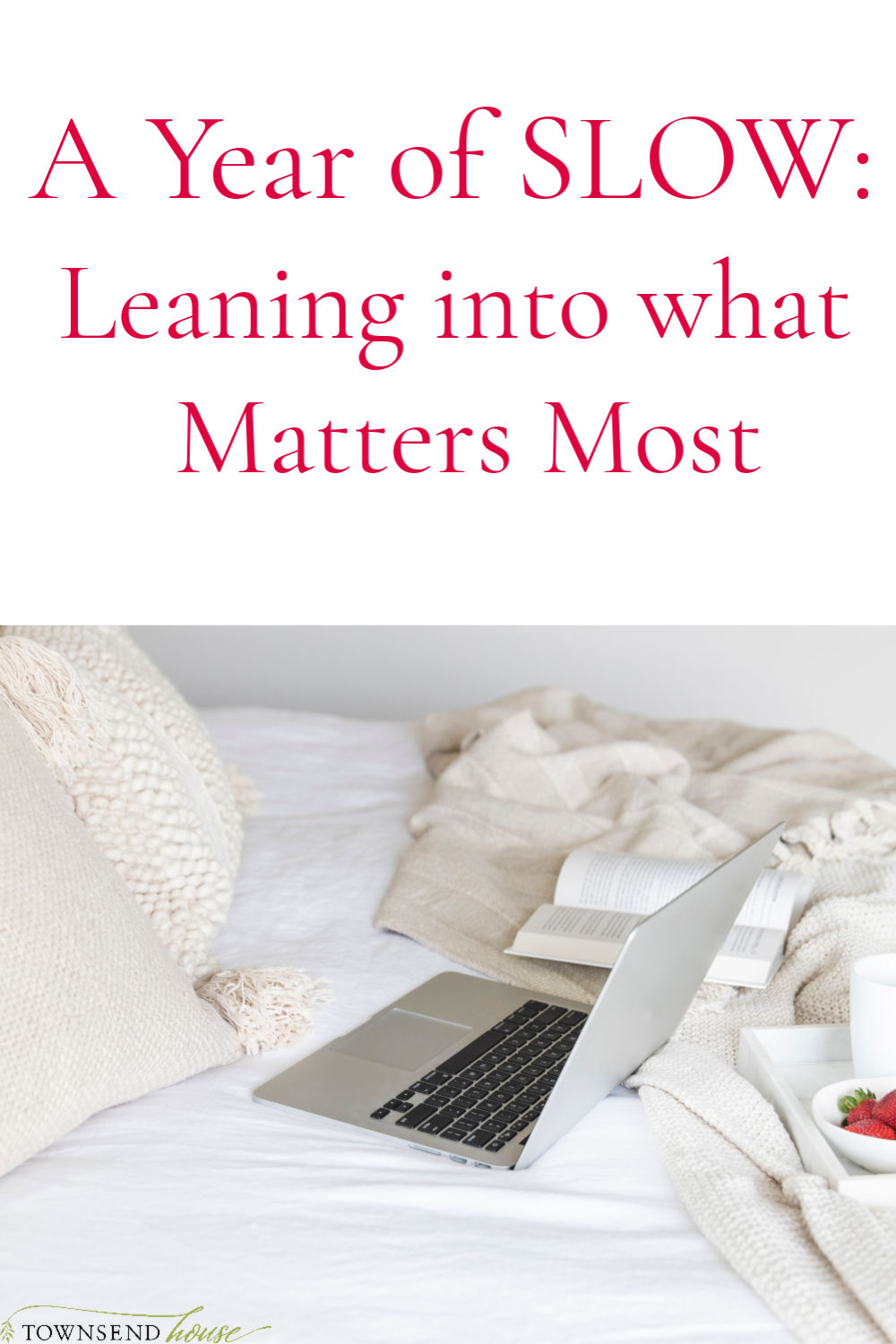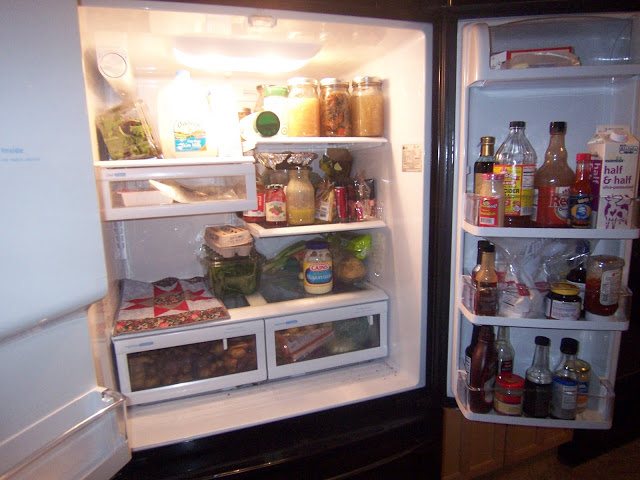Green Week – Food
Welcome to Green Week! Because Earth Day was my birthday, all week I will be sharing some ways in which to “green” your life. I have been working on my journey towards a more sustainable life for several years now. No matter where you are on your journey, I hope you are able to use some of these ideas!
We have made it to the final day of Green Week! I hope you have enjoyed reading some ideas on how to make your life a little more green, and not spend a lot of money! Today, I want to talk about something very important to me, and that is food. Food is what started this whole sustainable living journey of mine, and it is also one of the hardest changes to make. Nothing is as personal as food choices for your family.
The first green idea I have is one that is fun, it can be done with kids, it can be done just about anywhere, and that is to garden. You might have tons of land, great, grow a lot of food, see how much of your family’s diet you can provide for. You may only have a sunny window in an apartment, also great, grow sprouts and herbs. Or, you may be like me and have a sizable garden that you can try a bit harder with 🙂 Growing your own food, especially from seed is one of the easiest and cheapest green changes you can make. Dig up some earth, grab some potting soil and a few pots from the garden center. Seeds are very inexpensive, even heirloom and organic seeds. What you end up with (hopefully) is something that will nourish your body. Gardening also lets life slow down for you. At least it does for me. The act of pulling weeds is very much a meditation – well until August comes around 🙂 No matter what space you have, try to grow something.
The next idea? Buy Local! I almost always recommend that over buying organic from away. I could write an entire post on local vs. organic vs. conventional. I can’t stress enough how important it is to know the farmer that grows your food, whether it is vegetables, meat, eggs, dairy, grains, all of it, know where it comes from. Now, buying local can definitely be an adjustment. What does one have available locally in the middle of winter? Or maybe you don’t have a farmers’ market close by. Is there a farm that offers a CSA share in your area? Local Harvest is a wonderful resource for finding what is close by to you for food. When I started looking for local sources of food six years ago, I had no idea the amounts available to me in Maine, in February! And over the past few years we have now gotten a year round farmers’ market open, and are hoping to open a local co-op in our little city in the next few months. Awesome!
If you find that there isn’t anything available, or it is so far away it isn’t worth your time to get to, maybe you could talk to the town office about starting a community garden on an open space in the area. Or perhaps you could try and contact some of those far away farmers, and find out where they sell there food, and if they would be interested in coming to your area once in a while. Obviously these ideas take a lot more involvement than just running out to the grocery store, but the benefits of knowing where your food comes from are endless. It is healthier, tastes better, and it gives you food security. I think a lot of people don’t realize that grocery stores only have about three days of food in them, and if there is an emergency – some type of power shortage, another ice storm (we seem to get these a lot), a natural disaster – if you know where you can get food other than the grocery store, you are better off.
My final suggestion is to eat less meat. I am not saying give it up. I am saying eat less of it, especially if it is conventionally raised and finished at CAFOs. This is not the way nature meant for animals to be raised. It isn’t healthy. All of those recalls that we have that are food related? Well, a lot of them can be attributed to waste management at CAFOs, there are too many cows in a small area, instead of their manure spreading around and enriching the soil, it piles up and leaks into our waterways, which are then used to water our plants. If you don’t want to eat less meat, eat grass finished meat, real, honest to goodness free range chickens, pigs that get to forage and are treated well. For my family, this type of meat is not really in the budget, so we eat a lot more beans and legumes, lots of fruits and veggies, and a lot of eggs 🙂 Once in a while we splurge for a good pastured chicken, and it is amazing! We choose to eat less meat because we don’t want to buy conventional, but if you do, then try replacing one meal per week with beans/legumes/grains/veggies, it makes a difference in the environment, and you might find that you like it.
Thank you all so much for joining me on this little Green Week journey to celebrate my birthday being on Earth Day 🙂 If you have other suggestions, I would love to hear them in the comments!
I am linking up at Fresh Bites Friday and Your Green Resource. Welcome if you are new!






Great tips! Your readers might appreciate these 7 ways to eat less meat. I find it easier to cut back on meat than to do all that research about meat sources AND pay higher prices–and there are so many delicious ways to prepare beans!
We are about to start our 12th summer with a CSA. We love being tuned in with the local seasons, and we eat a lot more vegetables this way! This past winter we tried their winter share for the first time and enjoyed a lot of squash, apples, and root vegetables but also fresh herbs and greens grown in a greenhouse. It's funny how the local supermarkets import winter squash from Mexico in the winter and apples from the West Coast all year, when both foods can be grown here in Pennsylvania and stored for months. How can importing be cheaper?? The system has got to change!
We made our garden bigger this year. I was contemplating a CSA but we aren't sure if it will work for us. We do plan on buying mostly from the farm though for our veggies.